by Howard Gardner
This spring I was fortunate enough to undertake a round-the-world trip, visiting St Petersburg, Helsinki, Beijing, and Singapore. In each city I was the guest of a local host who booked me a room—and sometimes a suite—at a well regarded hotel. I was treated well and enjoyed myself. But at the same time, I was struck and disturbed by the huge waste in each place. To begin with, the rooms were way too large, sometimes ridiculously so. Such large rooms have to be heated or cooled down, and hotels tend to overcompensate in the least responsible direction. Guests are told that towels and sheets will be reused, but this rule is often not followed. And of course, there are all kinds of disposable goods—soaps, vanity sets, etc.—in every room and these are often changed as a matter of course, even when they are only partially used.
The waste of food is particularly painful. The hotels all feature lavish breakfasts, buffet style. There are dozens of different dishes, which are regularly replenished. In one of the hotels, there were buffet lunches and dinners as well, with yet more dishes to choose from. I don’t want even to think about the amount of food that is thrown away each day—this when so many (indeed, at least one billion persons) go hungry each evening.
These luxury hotels are competing on amenities. I’d like to see them compete on the basis of environmental concerns, wise use of space, and a limited menu with portions on the small side. Why doesn’t the widely admired Four Seasons’ hotel chain start a set of hotels, called Four Seasons Green? And why don’t the competitors come up with their own suite of offerings—Hilton Healthy, Sonesta Sustainability, etc? Of course these hotels ought to be immaculate and have good service, but with the amount of money gained by the aforementioned savings, they could probably charge less than their lavish competitors. At the same time, those of us who can afford to stay—or to be put up at—lavish hotels would be sending the message, that we value the viability of the planet more than we value our own creature comforts.
In this regard, a useful concept is ‘the nudge.’ Currently at such hotels, the default assumption is that people want fresh everything and endless food. Why not set up the hotels in reverse? That is, unless you explicitly ask for new towels and new linens, you won’t get them. Unless you explicitly ask for an outsized, overly heated (or over cooled) room, you won’t get it. And why not throw in or feature a green restaurant, so only those who ask for it get overstuffed meals?
To be sure, there are economy hotels, some of which do attempt to be green. A different headline results when Four Star hotels, serving the rich and the celebrated, adopt these recommendations. Often, inadvertently, even those who favor green policies don’t exemplify them in their own practices. I am not just talking about Al Gore travelling in a private plane. In a conference on climate change that I attended a few years ago, the very same individuals who espoused limits on carbon in the atmosphere travelled in limousines from one hotel to another. Only when those with real choices live and act green all the time, will we have taken important steps toward putting our planetary energy and climate needs in order.




